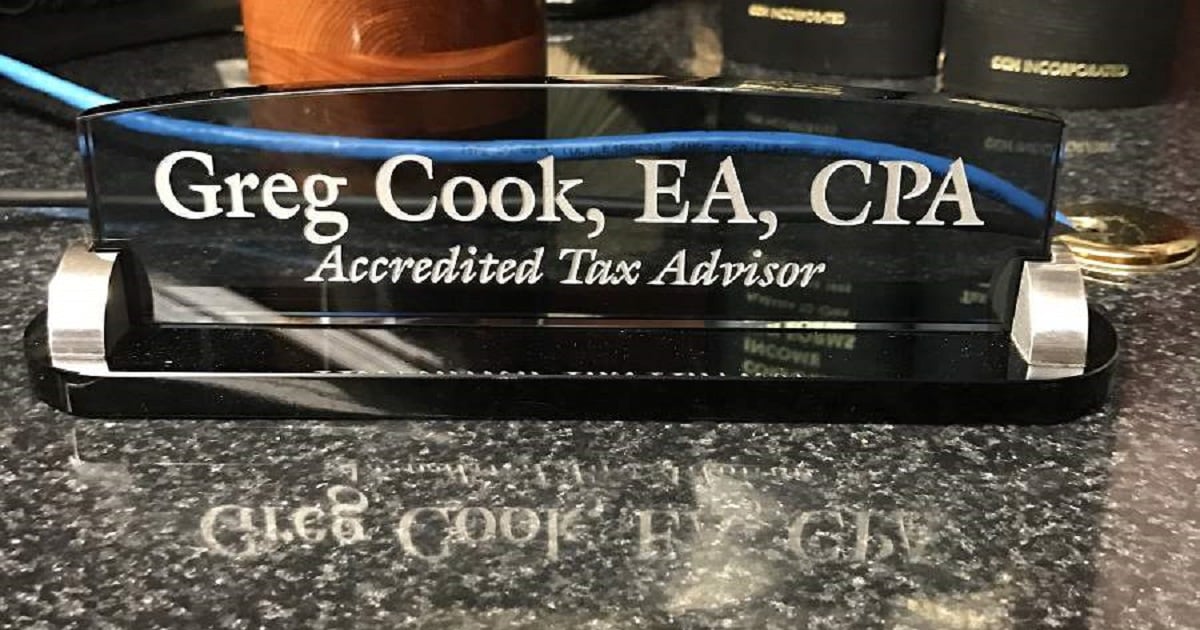Taxpayers who pay quarterly estimated tax payments may need to revisit the amount they pay with their advisor. The Tax Cuts and Jobs Act changed the way we calculate most taxpayers’ tax. These taxpayers include those with substantial income not subject to withholding, such as small business owners and self-employed individuals.
As a result of the TCJA changes, many clients may need to raise or lower the amount of tax they pay each quarter through estimated taxes.
Alternatively, many taxpayers who receive income not subject to withholding, but who also receive income as an employee, may be able to avoid the requirement to make estimated tax payments by having more tax taken out of their pay.
Estimated Tax Penalty Relief
The IRS is waiving the estimated tax penalty for many taxpayers whose 2018 federal income tax withholding and estimated tax payments fell short of their total tax liability for the year. This relief is designed to help taxpayers who were unable to properly adjust their withholding and estimated tax payments to reflect an array of changes under TCJA.
The IRS will generally waive the penalty for any taxpayer who paid at least 85 percent of their total tax liability during the year through federal income tax withholding, quarterly estimated tax payments or a combination of the two. The usual percentage threshold is 90 percent to avoid a penalty.
Separately, farmers and fishermen qualify for a waiver if they file their 2018 tax return and pay all taxes due by April 15, 2019; April 17 for residents of Maine and Massachusetts. The usual deadline is March 1.


Facebook Comments